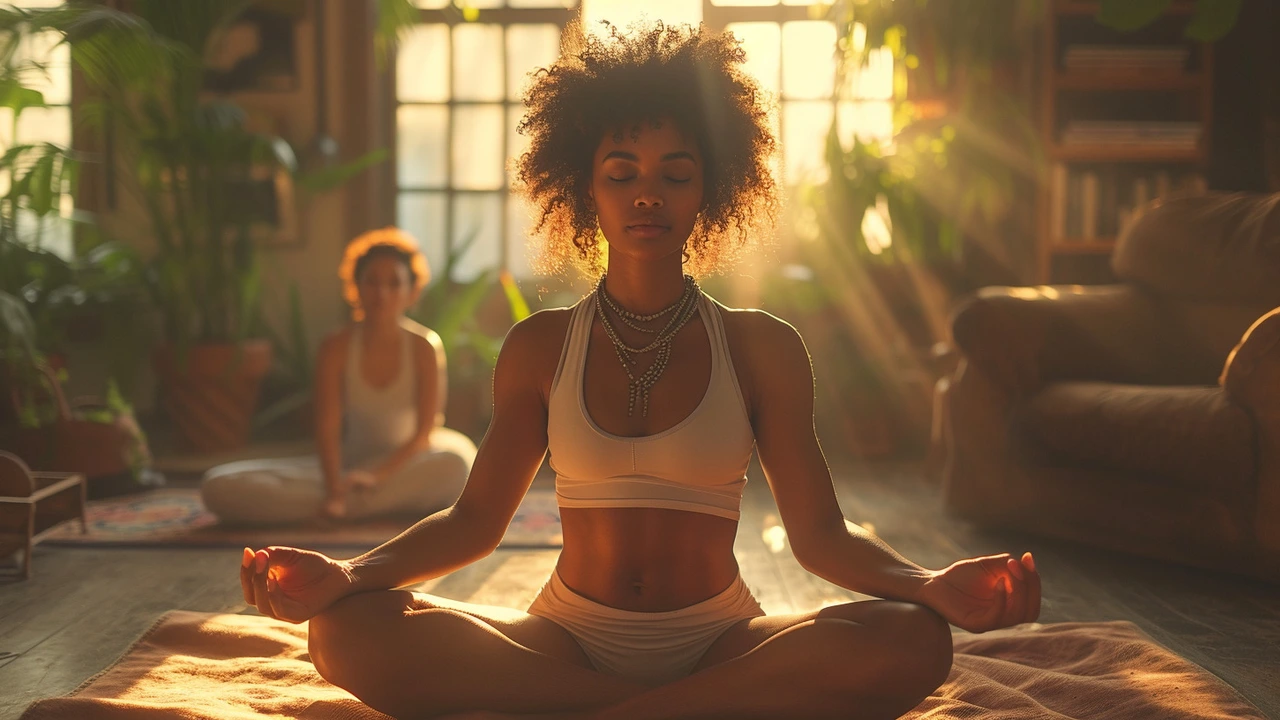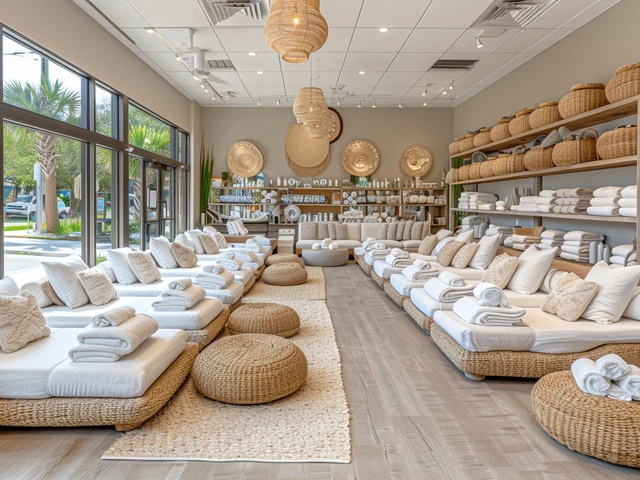Understanding Anxiety and the Power of Relaxation
Anxiety can feel like an unwelcome guest that refuses to leave, turning our minds into a battlefield of worries and what-ifs. Living in Calgary, with its vibrant city life and natural beauty, I've found that the pressures of modern living can sometimes make it hard to find peace. However, the discovery of relaxation techniques has been a game-changer for me, transforming my approach to anxiety management. Through this journey, I've learned that understanding the nature of anxiety is the first step toward relief. Anxiety is not just feeling nervous or stressed; it's a complex response that involves emotional, physical, and cognitive reactions to perceived threats. This is where relaxation techniques come in, acting as a counterbalance to the body's stress response, helping to restore a sense of calm and balance.
Research has shown that regular practice of relaxation techniques can significantly reduce symptoms of anxiety. By engaging our parasympathetic nervous system, these methods promote relaxation and reduce stress levels. From mindful meditation to deep breathing exercises, the landscape of relaxation techniques is vast and varied, offering something for everyone. The beauty of these practices is their versatility—whether you're at home, at work, or even on the go, there are techniques that can fit into any part of your daily routine.
Deep Breathing Exercises: The Foundation of Relaxation
One of the most fundamental and accessible relaxation techniques is deep breathing. It's something I've incorporated into my daily life, and the benefits have been profound. Deep breathing works by stimulating the vagus nerve, which triggers a relaxation response in the body. This simple, yet powerful practice can be done anywhere and anytime, making it an invaluable tool for anyone looking to manage anxiety.
When practicing deep breathing, focus on taking slow, deep breaths, inhaling through the nose and exhaling through the mouth. Picture the breath moving in and out of your body, bringing calmness with each inhalation and expelling tension with each exhalation. It's a technique that seems straightforward, but the impact on your mental and physical state can be significant. Over time, deep breathing can help reduce anxiety levels, improve focus, and promote a greater sense of inner peace.
Embracing Mindfulness for Anxiety Relief
Mindfulness has gained a lot of attention in recent years, and for good reason. It's a practice that encourages living in the present moment, paying attention to our thoughts and feelings without judgment. For someone like me, who has struggled with anxiety, mindfulness has been a revelation. It offers a way to break the cycle of anxious thoughts by bringing our focus back to the here and now.
Practicing mindfulness can be as simple as taking a few minutes each day to sit quietly and observe your surroundings, or it can involve more structured techniques like mindfulness-based stress reduction (MBSR). The key is to find a practice that works for you and to approach it with an open heart and mind. Mindfulness not only helps in reducing anxiety but also enhances overall well-being, making it a fruitful endeavor for anyone looking to improve their mental health.
The Role of Physical Activity in Stress Management
While relaxation techniques often focus on mental practices, we shouldn't underestimate the power of physical activity in managing anxiety. Exercise releases endorphins, the body's natural mood lifters, which can be incredibly effective in reducing stress and anxiety. Whether it's a brisk walk in one of Calgary's beautiful parks, a yoga session, or a more vigorous workout, engaging in regular physical activity can be a potent ally in your fight against anxiety.
Yoga, in particular, combines physical poses with deep breathing and meditation, making it an ideal practice for those looking to relieve anxiety. It's a discipline I've grown to love, offering not only physical benefits but also a deeper sense of connectedness to myself. Finding an activity that you enjoy and that fits into your lifestyle is key. Regular exercise not only improves your physical health but can also have a profound impact on your mental and emotional well-being.
Incorporating Relaxation Techniques into Your Daily Life
Making relaxation techniques a part of your daily routine might seem daunting at first, but with a little planning and patience, it's entirely achievable. Start small by setting aside a few minutes each day for deep breathing or mindfulness. Gradually, you can increase the duration or try integrating new techniques into your routine. Remember, consistency is key. It's not about how much time you dedicate to these practices, but rather the regularity and intention behind them.
Creating a conducive environment for relaxation can also enhance your experience. This might involve designating a quiet space in your home for practice or simply ensuring that you won't be disturbed during your relaxation time. Incorporating elements like soft music, essential oils, or comfortable seating can also help in creating a calming atmosphere. With time and practice, these techniques can become a natural part of your life, offering a refuge from the stresses of modern living and a path to a more peaceful, anxiety-free existence.





